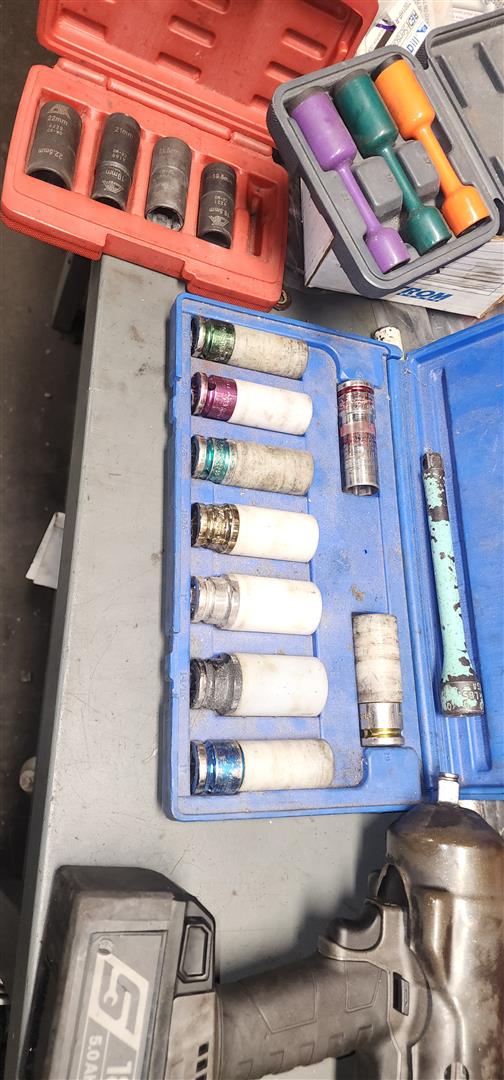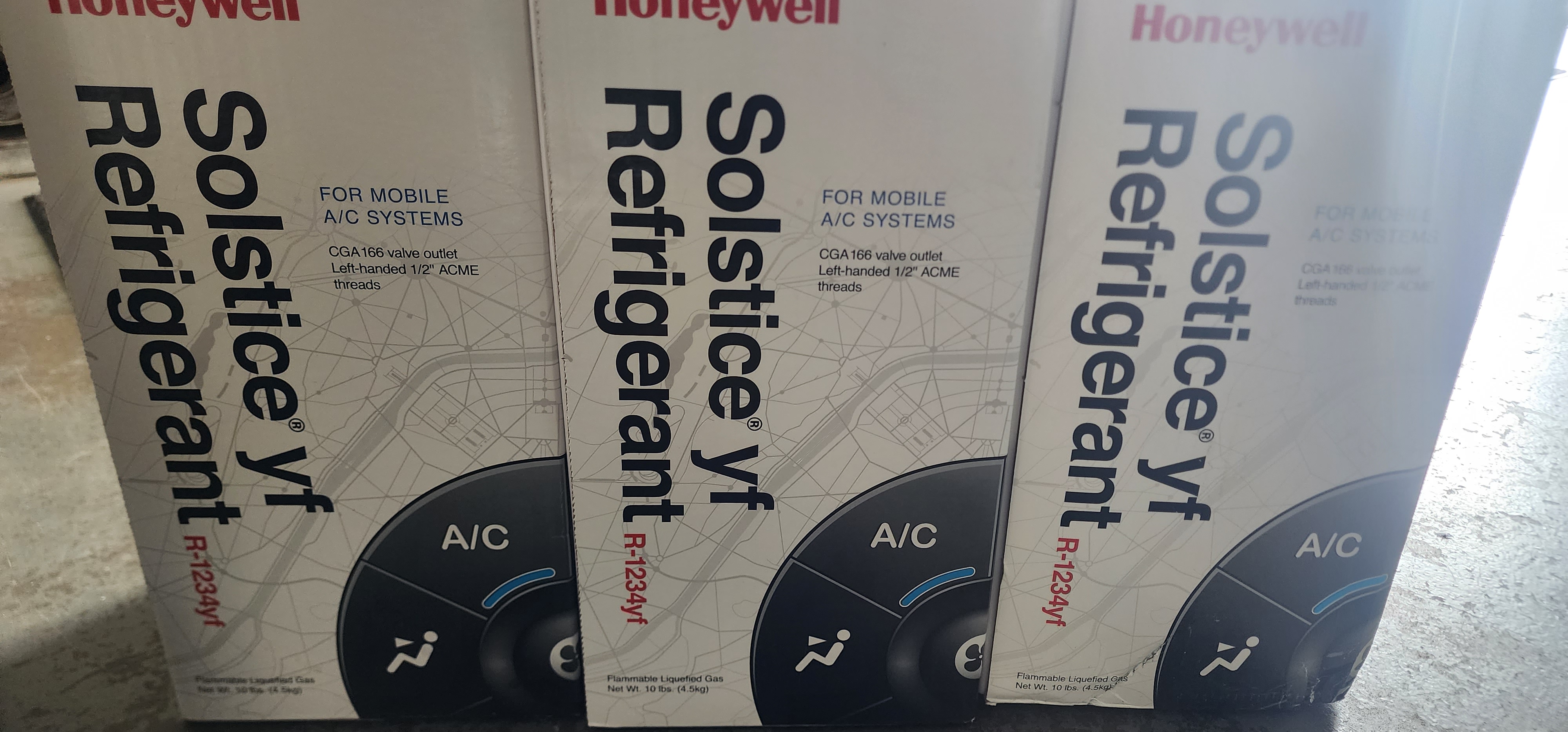Posted on 6/21/2023
Hybrid and electric vehicles are two types of vehicles that use different technologies for their propulsion. Here are the main differences: 1. Hybrid Vehicles: Hybrid vehicles use a combination of an internal combustion engine (ICE) and one or more electric motors. There are three main types of hybrids: Parallel Hybrid: The most common type, where the vehicle can be powered by the ICE, the electric motor, or both. The electric motor assists the engine when more power is needed, such as in acceleration. The battery gets recharged through regenerative braking and by the engine. Series Hybrid: In this type, the ICE doesn't directly power the vehicle. Instead, it charges the battery which powers the electric motor, which in turn drives the vehicle. Plug-in Hybrid Electric Vehicles (PHEVs): These vehicles can be plugged into an external power source to charge the battery. They can run on electricity alone for a limited range before the ICE ki ... read more
Posted on 6/21/2023

Here are the proper steps to perform alignment and ADAS calibration: Preparation. Make sure the vehicle is on a level surface and the tires are properly inflated. If the vehicle has ADAS features, such as lane departure warning or adaptive cruise control, you will need to disable them before starting the alignment. Wheel alignment. This is the process of adjusting the angles of the wheels so that they are aligned properly with each other and the road. The alignment angles that are typically adjusted include camber, caster, and toe. ADAS calibration. This is the process of adjusting the sensors on the vehicle so that they are properly aligned with the road. The sensors that are typically calibrated include cameras, radar, and ultrasonic sensors. Post-calibration test drive. After the alignment and ADAS calibration are complete, you should take the vehicle for a test drive to make sure that the vehicle is driving properly. Here are some additional tips for performing alignme ... read more
Posted on 6/21/2023

Torque specifications and sequence are important on vehicles because they ensure that the fasteners are tightened in the correct order and to the correct amount of force. This is important for a number of reasons, including: To prevent loose or overtightened fasteners. Loose fasteners can vibrate loose and cause damage to the vehicle, while overtightened fasteners can damage the threads or even break the fastener. To ensure proper alignment and function of components. Many components on a vehicle, such as the wheels, brakes, and suspension, rely on proper alignment and function. If the fasteners are not tightened in the correct sequence, these components may not be aligned properly, which can lead to premature wear, vibration, or even failure. To ensure safety. Loose or overtightened fasteners can pose a safety hazard. For example, a loose wheel can come off the vehicle while driving, while an overtightened lug nut can cause the wheel studs to break. Here are some of the co ... read more
Posted on 5/19/2023

R134a and R1234yf are two different types of refrigerants commonly used in automotive air conditioning systems. Here are the main differences between the two: Chemical Composition: R134a, also known as Tetrafluoroethane, is a hydrofluorocarbon (HFC) refrigerant with a chemical formula of CH2FCF3. On the other hand, R1234yf, also known as 2,3,3,3-Tetrafluoropropene, is a hydrofluoroolefin (HFO) refrigerant with a chemical formula of CH2=CFCF3. Global Warming Potential (GWP): GWP is a measure of the greenhouse gas potential of a substance compared to carbon dioxide (CO2). R134a has a relatively high GWP of 1,430, which means it has a significant impact on global warming when released into the atmosphere. In contrast, R1234yf has a much lower GWP of 1, which makes it more environmentally friendly. Environmental Regulations: Due to concerns about climate change and the high GWP of R134a, many countries and regions have introduced regulations to phase out its use in new vehicles. R1234y ... read more
Posted on 5/9/2023
1. Upgrade Your Fuel System:Overheating can be a major problem during the summer months, so upgrading your fuel system can help to ensure that your diesel engine runs smoothly and efficiently. Consider investing in a high-performance fuel system that includes advanced cooling technology and filters designed to prevent the buildup of dirt and other contaminants. 2. Replace Your Filters:To keep your diesel engine performing at its best, it's important to regularly check and replace your air, oil, and fuel filters. Upgrading to high-performance filters that are designed to work with your new fuel system can help to improve your engine's performance and fuel efficiency. 3. Upgrade Your Battery:Hot weather can be tough on batteries, so upgrading to a high-performance battery can help to ensure that your engine starts reliably every time. Look for a battery with advanced cooling technology and a longer lifespan to help keep your diesel ... read more